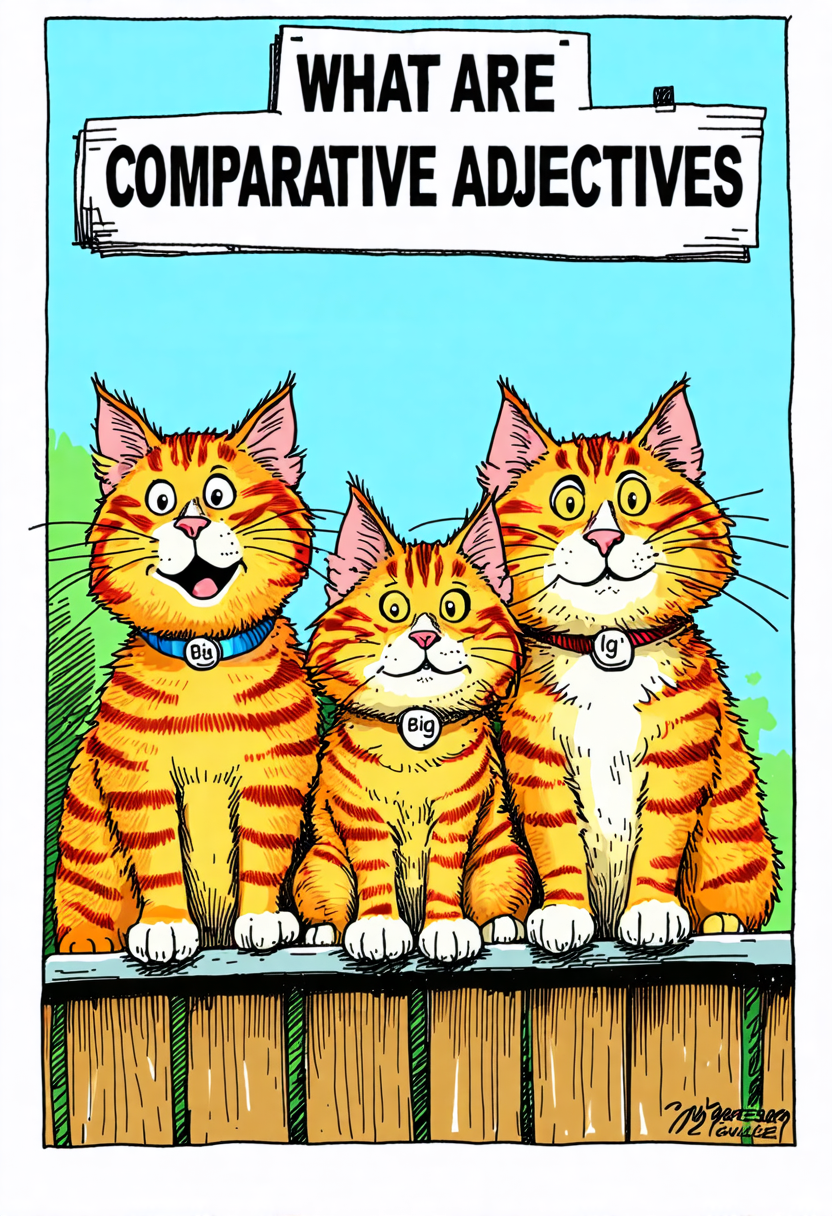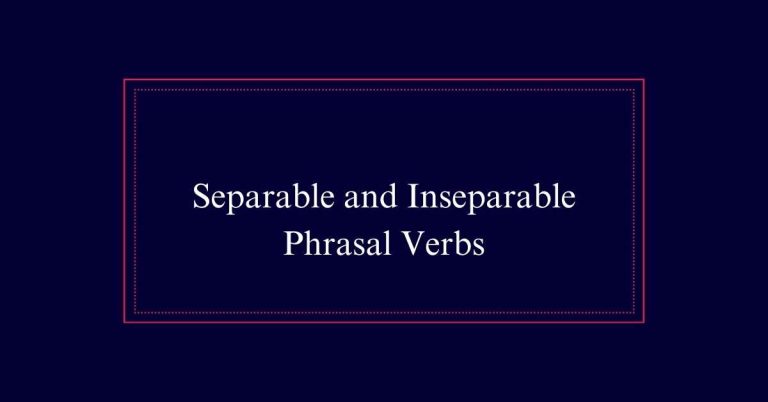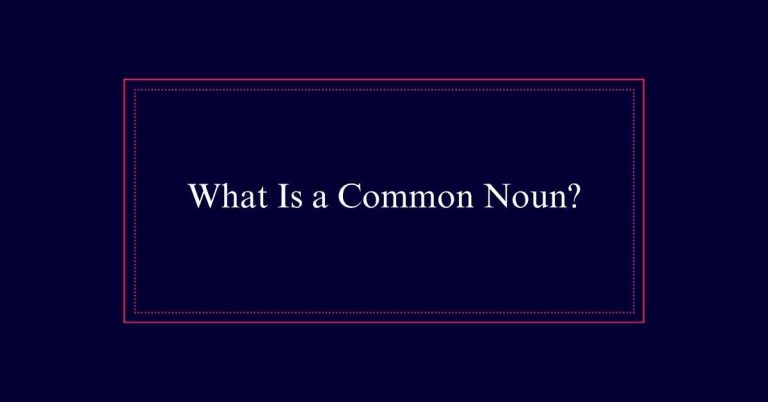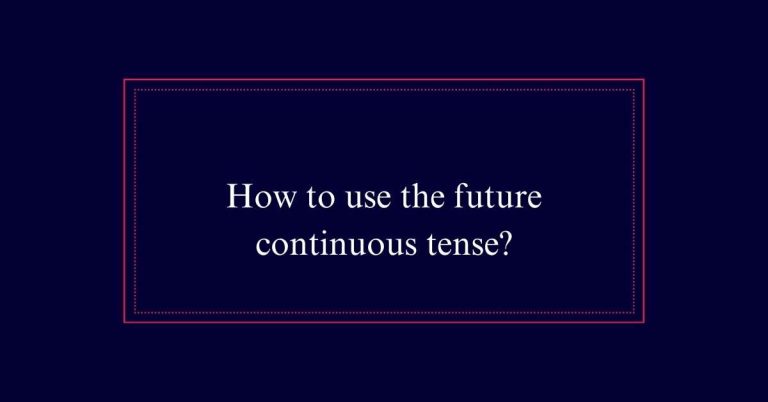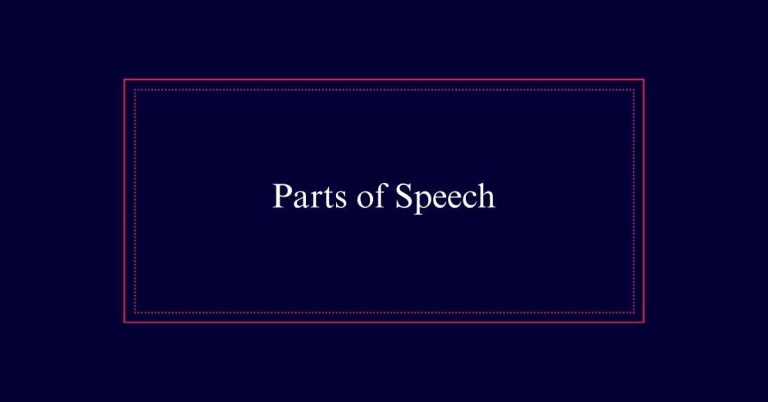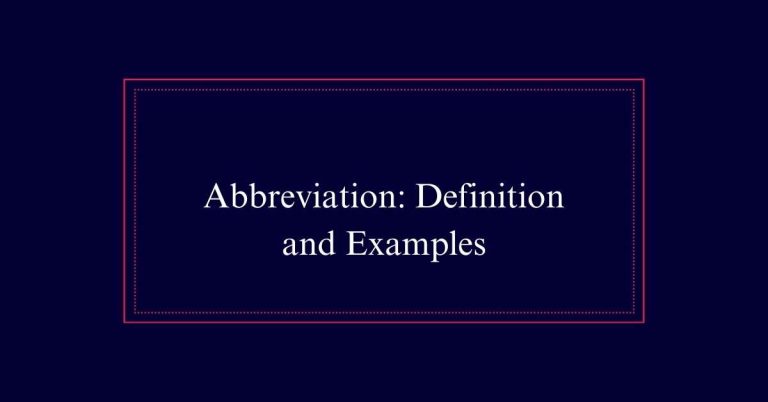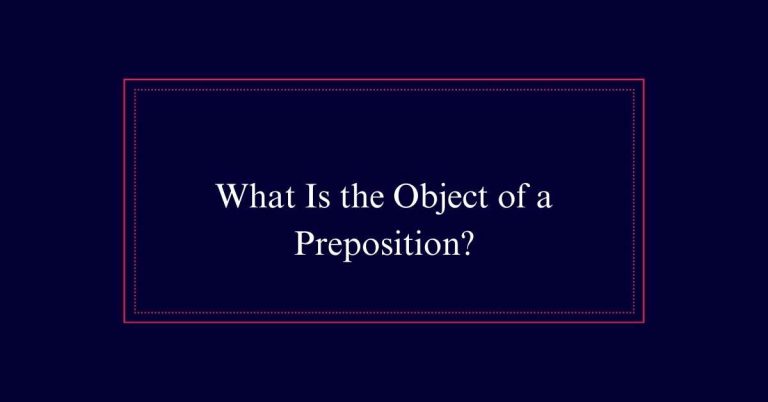What Are Comparative Adjectives?
Comparative adjectives are words used to compare differences in quality or quantity between two nouns. Short adjectives form comparatives by adding -er, such as “taller,” while longer adjectives use “more,” as in “more interesting.”
For example, “She is taller than her sister,” or “This book is more interesting than the last one.” Irregular comparatives, like “good” to “better,” are exceptions. Correct use includes placing the comparative adjective before “than,” followed by the second noun.
Definition of Comparative Adjectives
Comparative adjectives are used to compare differences between two nouns. They highlight how one noun possesses a particular quality to a greater or lesser extent than the other.
For short adjectives, this is typically achieved by adding -er to the end (e.g., ‘fast’ becomes ‘faster’). Longer adjectives usually require the word ‘more’ placed before them (e.g., ‘more beautiful’).
Additionally, any adjective can serve as a comparative, though some, like ‘unique,’ inherently resist comparison. Comparatives can be used to form adjective phrases or even stand alone if the context is clear.
Basic Forms of Comparison
When comparing two things, the basic forms of comparison involve using either -er for shorter adjectives or ‘more’ for longer ones. For instance, ‘small’ becomes ‘smaller’ and ‘beautiful’ becomes ‘more beautiful.’ These forms help highlight differences between two items.
In sentences, you would typically structure it as ‘Noun A is [comparative adjective] than Noun B.’ For example, ‘This book is thicker than that one.’
The use of ‘more’ is essential when dealing with adjectives that have more than two syllables, such as ‘important’ becoming ‘more important.’ The comparative form emphasizes the relative degree of a quality between two entities, making it a vital element of descriptive language.
Short Vs. Long Adjectives
Short adjectives typically form their comparative by adding -er, while long adjectives require the use of ‘more’ before the adjective. For example, the short adjective ‘tall’ becomes ‘taller’ when comparing two things. Conversely, the long adjective ‘beautiful’ becomes ‘more beautiful’ in a comparative context.
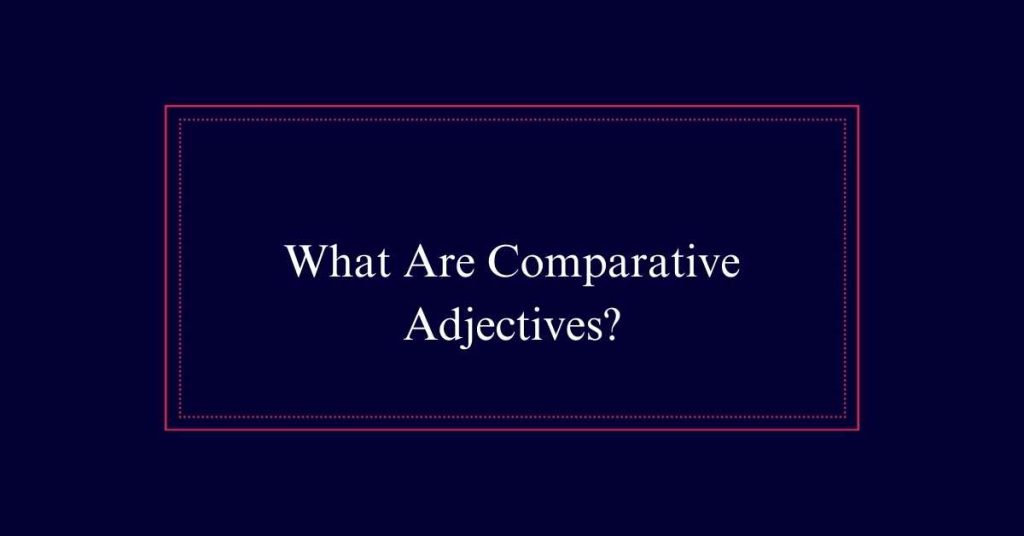
Short adjectives generally have one syllable, such as ‘fast’ and ‘small,’ turning into ‘faster’ and ‘smaller.’ Long adjectives often have two or more syllables. Examples include ‘efficient’ and ‘important,’ which turn into ‘more efficient’ and ‘more important.’
Special Cases and Exceptions
Occasionally, forming comparative adjectives involves special cases and exceptions that deviate from standard rules. These exceptions can make learning and using comparative adjectives more complex.
Here are some notable special cases:
- Irregular adjectives: Words like ‘good’ become ‘better,’ and ‘bad’ becomes ‘worse.
- Adjectives ending in ‘y’: Change the ‘y’ to ‘i’ before adding -er, e.g., ‘happy’ to ‘happier.’
- Two-syllable adjectives: Some use -er, like ‘narrow’ to ‘narrower,’ while others use ‘more,’ like ‘modern’ to ‘more modern.’
- Adjectives ending in ‘e’: Simply add -r, e.g., ‘large’ becomes ‘larger.’
- Adjectives with three or more syllables: Always use ‘more,’ e.g., ‘beautiful’ to ‘more beautiful.’
Sentence Structure With Comparatives
In constructing sentences with comparative adjectives, it is essential to adhere to specific grammatical structures to guarantee clarity and correctness. The standard format is: Noun A + comparative adjective + than + Noun B. For example, ‘This car is faster than that one.’ Here, ‘faster’ is the comparative adjective.
When using longer adjectives, ‘more’ is placed before the adjective, as in ‘She is more diligent than her brother.’ If comparing without mentioning the second noun, make sure context clarifies the comparison, such as ‘This solution is more effective.’
Additionally, remember to use ‘less’ similarly to ‘more’ for negative comparisons, like ‘This task is less complicated.’
Adjective Phrases
Adjective phrases are groups of words that function together to describe a noun. These phrases often consist of an adjective combined with other words that add detail.
- Structure: Can include adjectives, adverbs, or prepositional phrases.
- Example: ‘Very tall’ in ‘a very tall building.’
- Purpose: Provides more precise descriptions.
- Placement: Usually before or after the noun they describe.
- Flexibility: Can be used in various sentence structures.
Adjective phrases enhance writing by providing detailed and specific descriptions. They allow for greater nuance and clarity, making the described noun more vivid and concrete.
Using ‘More’ and ‘Less’
When comparing traits, ‘more’ and ‘less’ help indicate the degree to which one noun possesses a quality over another. For example, saying ‘John is more diligent than Peter’ shows that John has a greater level of diligence. Conversely, ‘This task is less complicated than that one’ indicates a lower degree of complexity.
‘More’ is used with adjectives of two or more syllables, such as ‘more beautiful’ or ‘more efficient.’ ‘Less’ operates similarly, as in ‘less interesting’ or ‘less effective.’ These forms are essential for comparing qualities that don’t have a single-syllable adjective form.
Spelling Rules
Forming comparative adjectives correctly involves understanding five key spelling rules. These rules help guarantee that adjectives are modified properly when comparing two things.
Here are the essential guidelines:
- Short adjectives: For adjectives with one syllable, add -er (e.g., ‘tall’ becomes ‘taller’).
- Consonant-vowel-consonant: Double the final consonant before adding -er (e.g., ‘big’ becomes ‘bigger’).
- Ending in -y: Change -y to -i before adding -er (e.g., ‘happy’ becomes ‘happier’).
- Two-syllable adjectives: Often use ‘more’ instead of adding -er (e.g., ‘peaceful’ becomes ‘more peaceful’).
- Exceptions: Some adjectives have irregular forms and do not follow these rules (e.g., ‘good’ becomes ‘better’).
Irregular Comparatives
Certain adjectives deviate from standard rules and take on unique forms when used as comparatives. These are known as irregular comparatives.
Unlike regular adjectives that add -er or use ‘more’, irregular comparatives change entirely. For example, the adjective ‘good’ becomes ‘better’, and ‘bad’ turns into ‘worse’. Another common example is ‘far’, which can become ‘farther’ or ‘further’, depending on the context.
These irregular forms must be memorized, as they do not follow any set pattern. Irregular comparatives are essential in conveying accurate comparisons and are frequently used in both spoken and written English.
Comparative Vs. Superlative Usage
Understanding irregular comparatives lays the groundwork for distinguishing between comparative and superlative adjectives. Comparative adjectives are used when comparing two items, while superlative adjectives are used when comparing three or more.
Here are some key points:
- Comparatives: Formed by adding -er to short adjectives or using ‘more’ for longer adjectives.
- Superlatives: Formed by adding -est to short adjectives or using ‘most’ for longer adjectives.
When comparing two things, use comparatives. When comparing three or more things, use superlatives. Irregular adjectives have unique forms for both comparative and superlative.
